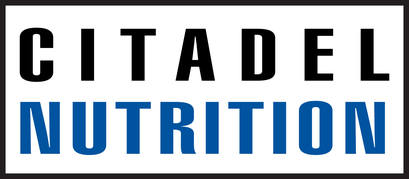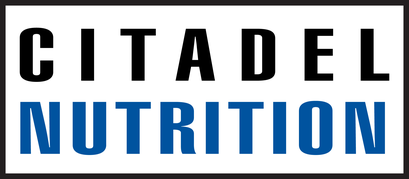
"Type" of Creatine Doesn't Matter. Don't Fall For The Hype.

A big pet peeve of ours is the over the top marketing and supposed benefits of using different “types” of creatine. Many of these special forms of creatine are also expensive and in our opinion take advantage of the consumer.
Here are some examples:
-
Creatine Citrate
-
Creatine Nitrate
-
Creatine Phosphate
-
Creatine Pyruvate
-
Effervescent Creatine
-
Creatine bound with something (i.e. Creatine AKG)
-
Buffered Creatine
-
Creatine Ethyl-Ester
-
ANY type of “special” or “novel” type of creatine that is currently marketed.
We’ve seen a proliferation of products that use one or a combination of these different types of creatine and also cost an arm and a leg. We’re going to break this down quickly for you guys, so you don’t fall for the hype and also learn what to look for.
This particular blog post isn’t going to get overly technical, but if you want to get into the nitty gritty of things like bioavailability or mechanisms of action, drop us a comment or email. We’ve also included recommended reading at the end of the post.
In order to provide a visual aid, we dug around the office and got a couple props.
Let’s say your muscles are this cup:
Now, let’s say Creatine itself represents Fruit Juice. ANY type of fruit juice. In this case, we’ll assign good ol’ Creatine Monohydrate as Orange Juice.
The goal is to maximize your muscles with creatine, or in the case of our example, fill the cup with orange juice. Pouring any excess juice into the cup once it’s completely filled will cause it to overflow, and the OJ will be wasted.
In the case of creatine, once the muscles are saturated, any excess is simply pissed out. So in both cases, you can see that there’s a limit. Fill the cup. Maximize the muscular stores of creatine. This is also why loading protocol doesn’t matter-- the only thing that is affected is the time to saturation.
How about all these fancy types of creatine?
Each one of these different juices represents a “special” type of creatine. Orange Peach Mango can be creatine ethyl ester. Cranberry Cocktail can be creatine citrate. Assuming that all these different types work as well as Creatine Monohydrate (they don’t), the goal still remains the same.
To fill the muscle with creatine.
These different type of juices don’t fill the cup any better or any faster than OJ. One particular type certainly isn’t worth 4 or 5 more times than any other.
Here are some key points:
-
Nearly all studies to date on Creatine’s benefits have used Creatine Monohydrate (CM). For the most part, there is little to no research on alternate types of creatine and no scientific basis to expect them to perform more effectively than CM.
-
Regardless of the form of CM used, intramuscular creatine levels will eventually reach a maximum, with any excess being pissed out. The quest for the ultimate creatine is pointless because your muscles can only contain so much of it anyway, and CM gets the job done just fine.
-
It is our recommendation that you save your dollars and purchase creatine monohydrate from a reputable company. For a step up, you can consider Creapure branded creatine. Creapure is not a “type” of creatine, but rather creatine monohydrate manufactured to high quality standards.
-
The important thing is to keep your muscles saturated with creatine. Taking an effective dose is important. With CM, an effective daily maintenance dose is 3-5g.
That’s it. Don’t drink the Kool-Aid.
For the guys and gals that like to examine the details, here’s some additional reading. Like we always say, don’t just take our word for it……..
For an in-depth review of creatine and its known and proposed mechanisms, reference this review paper. Clinical pharmacology of the dietary supplement creatine monohydrate.
A couple studies examining CM vs. other types:
-
Comparison of new forms of creatine in raising plasma creatine levels.
-
The effects of creatine ethyl ester supplementation combined with heavy resistance training on body composition, muscle performance, and serum and muscle creatine levels. (Alan Aragon dissects this study in the February 2009 AARR. Highly recommended.)
-
A buffered form of creatine does not promote greater changes in muscle creatine content, body composition, or training adaptations than creatine monohydrate. (This study is also examined in the July 2012 AARR. Highly recommended.)

 USD
USD
 EUR
EUR
 AUD
AUD
 GBP
GBP
 JPY
JPY
















